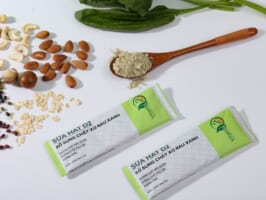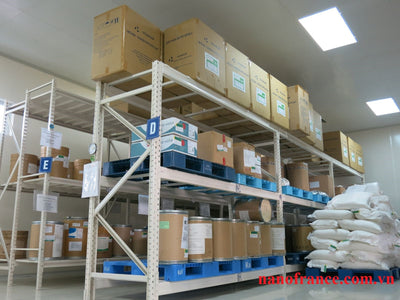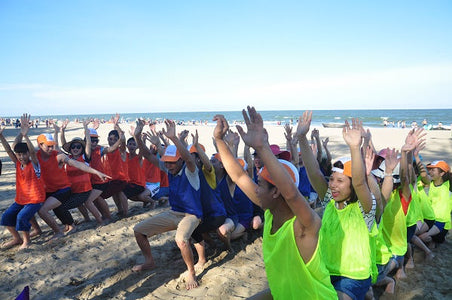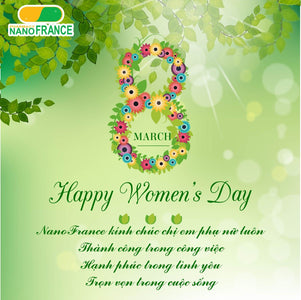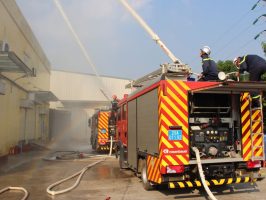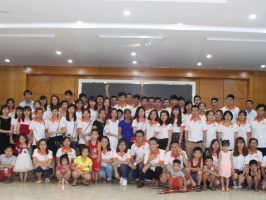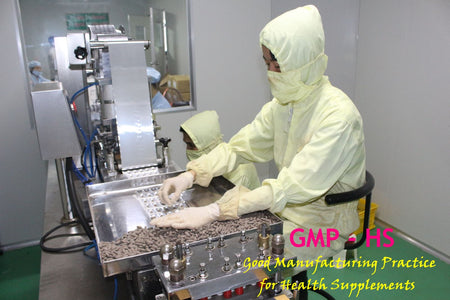Where to test cosmetics? What are the state regulations?
In Clause I, Article 3, Chapter II of Circular 06/2011/TT-BYT, organizations and individuals are only allowed to put cosmetic products that have been granted a Product Declaration Receipt Number by a competent State Agency into the market. To receive the Declaration Receipt, the product must go through the testing process. So where are cosmetics tested? What are the specific regulations of the State?
Don't miss this article if you want to do cosmetics business and prepare to bring your products to market!
I. What is cosmetic testing? Understanding cosmetic testing correctly
What is cosmetic testing?
This is a form of cosmetic quality control by State agencies through testing the safety indicators of each ingredient, supporting substance, and supplement during the production process. Through the testing process, the quality can be assessed and the rights and health of consumers can be protected.

What are the methods of testing cosmetics?
Currently, there are 2 main methods of testing cosmetics: Animal testing and Cosmetic testing by sample examination:
→ Animal testing of cosmetics : Using animals instead of humans to assess safety. Mice, rabbits, etc. are the most commonly used animals. However, this method is currently being strongly opposed because it affects the number of animals in the world.
→ Testing cosmetics by testing samples : Experts will use modern machinery in the industry to analyze and test cosmetic quality standards. This method is highly appreciated for its accurate assessment of ingredient standards and harmful ingredients in cosmetics. However, because it is not tested directly on humans, the effectiveness and safety cannot be completely accurate.
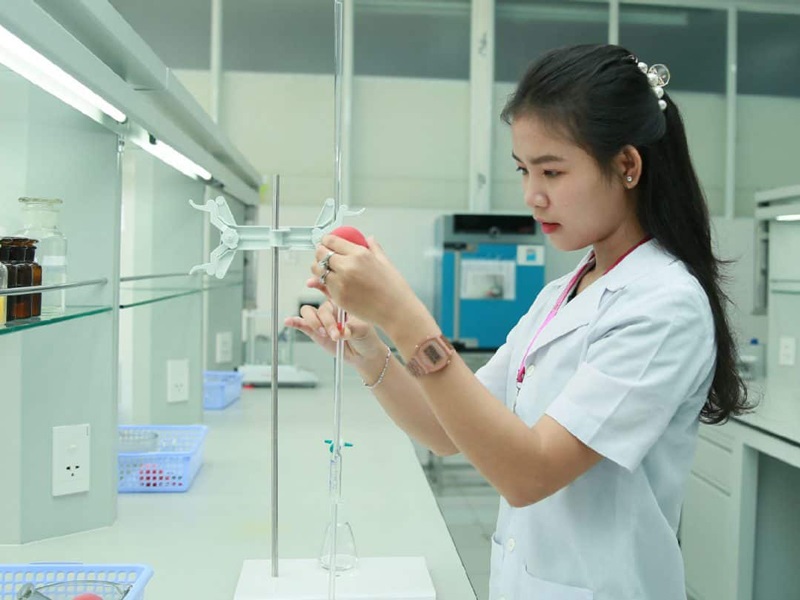
II. Cosmetic testing criteria
The 4 most important groups of standards to consider when testing cosmetics are: Heavy metal limits, Microbial limits, Skin irritation index, Other expenses as required. Specifically:
1. Heavy metal limit testing
The Ministry of Health has regulations that cosmetics will be tested for 3 limited heavy metals: Lead, Mercury, Arsenic. These are metals that can be harmful to the health of users if there is a high concentration in the ingredients. Regulations on specific concentrations are as follows:
| STT | Target | Limit |
| 1 | Mercury | Concentration ≤1 part per million (1ppm) |
| 2 | Arsenic | Concentration ≤5 parts per million (5ppm) |
| 3 | Lead | Concentration ≤20 parts per million (20ppm) |
2. Microbial limit testing
Regulations on testing for microbial limits on cosmetics are specifically as follows:
| STT | Target | Limit | |
| Products for children <3 years old, products in contact with eyes or mucous membranes | Other products | ||
| 1 | Total number of microorganisms counted | ≤500 cfu/g | ≤1000 cfu/g |
| 2 | P. aeruginosa | Not present in 0.1g (0.1ml) of test sample | Not present in 0.1g (0.1ml) of test sample |
| 3 | S. arueus | Not present in 0.1g (0.1ml) of test sample | Not present in 0.1g (0.1ml) of test sample |
| 4 | C. albicans | Not present in 0.1g (0.1ml) of test sample | Not present in 0.1g (0.1ml) of test sample |
With the skin irritation index, the product will be tested on the skin area that is easily irritated to evaluate the safety of the product. In addition, cosmetic products also need to "go through" tests to evaluate many other indexes such as: bacteria and mold limits...
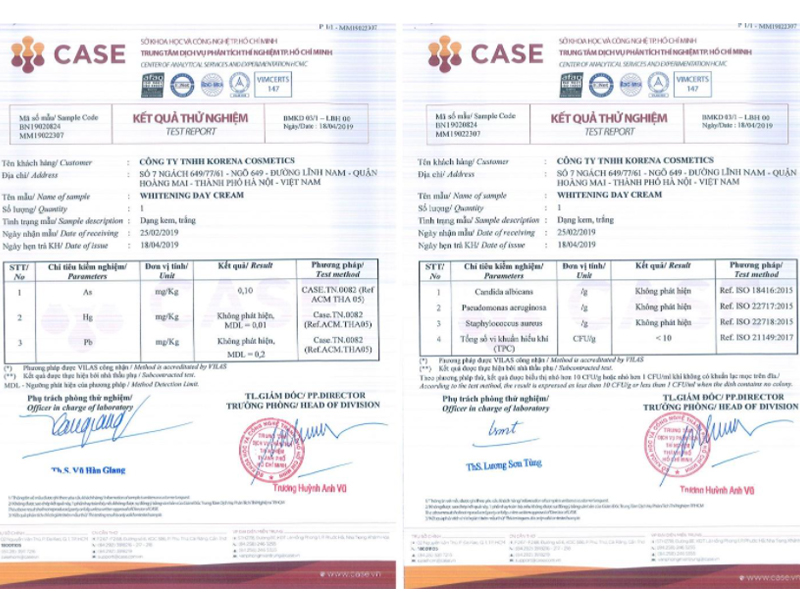
In fact, your product may have to undergo more testing because the above are only the BASIC criteria. Depending on the product line, the Competent Authority will require more!
III. Where to test cosmetics? – FULL list of testing addresses!
So where to test cosmetics? Where do you need to go to test the quality of cosmetics? Currently, drug testing centers, testing centers, research and testing companies are all allowed to evaluate and test the quality of this product line. NanoFrance will suggest you some REPUTABLE cosmetic testing addresses!
1. Where to test cosmetics? - Reputable address in Hanoi
Don't forget to check out the 4 cosmetic testing locations in Hanoi below!
→ Central Institute for Drug Control: Facility 1: No. 48 Hai Ba Trung, Hoan Kiem District, Hanoi. Facility 2: Tuu Liet Street, Tam Hiep Commune, Thanh Tri District, Hanoi.
→ Hanoi Drug, Cosmetic and Food Testing Center: No. 7, Lane 107, Nguyen Chi Thanh, Dong Da, Hanoi.
→ VnTest Quality Control and Testing Institute: No. 7, Alley 168, 21, Lane 168 Nguyen Xien, Ha Dinh, Thanh Xuan, Hanoi.
→ TQC Quality Testing and Certification Center: No. 51, Lane 140, 1 Nguyen Xien Street, Thanh Xuan, Hanoi.
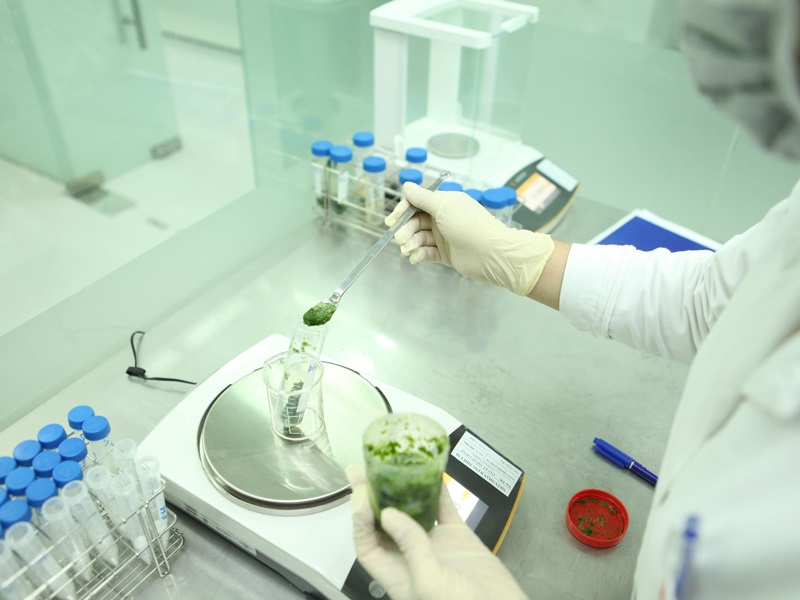
2. Where to test cosmetics in Ho Chi Minh City?
If you want to test and evaluate the quality of cosmetics in Ho Chi Minh City, don't forget to refer to some of the following suggestions:
→ Ho Chi Minh City Drug Testing Institute: No. 200 Co Bac, Co Giang Ward, District 1, Ho Chi Minh City.
→ Ho Chi Minh City Drug, Cosmetic, Food Testing Center. Facility 1: No. 45 Nguyen Van Trang, Ben Thanh Ward, District 1, Ho Chi Minh City. Facility 2: No. 53 - 55 Le Thi Rieng, Ben Thanh Ward, District 1, Ho Chi Minh City.
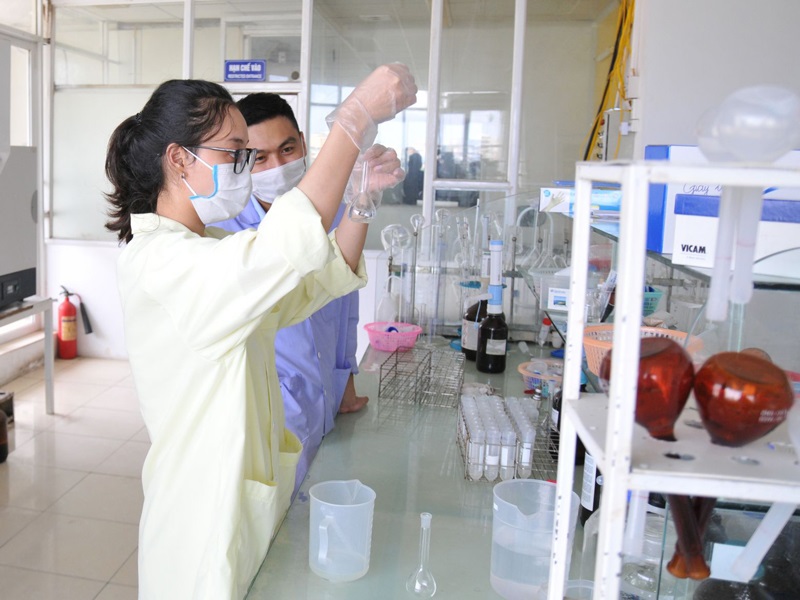
With the above information, hopefully you know where to test cosmetics! Do you need to complete the legal procedures for cosmetics? Do you want to process unique, innovative, pioneering product lines in the market? Don't forget to contact NanoFrance right away!

